We have a shopping cart as pictured below, The setup works well, except for one fatal flaw. If you place an order the order is linked to a product, so If I update the product after you have purchased the product there is no way for me to show you want the product looked like when you bought it (including price). This means we need versioning.

My plan at present is to, when a new product, or variant is created, or an existing one is edited, create a duplicate of the product or variant in the database. When a purchase is made, link the order to the version, not the product.
This seems rather simple, except from what I can see the only things we don't need to version are the categories (as no one cares what categories it was in.). So we need to version:
- Products
- Variants
- The key -> value pairs of attributes for each version
- The images
My current thinking is,
note: When a product is created a default variant is created as well, this cannot be removed.
- When a product is created
- Insert the product into the products table.
- Create the default variant
- Duplicate the product into the products_versions table
- Replace current id column with a product_id column
- Add id column
- Duplicate the variant into the variants_versions table
- Replace current id column with variant_id column
- Add id column
- Replace product_id column with product_version_id column
- When a product is edited
- Update the product into the products table.
- Duplicate the product into the products_versions table
- Replace current id column with a product_id column
- Add id column
- Duplicate all product variants into the variants_versions table
- Replace current id column with variant_id column
- Add id column
- Replace product_id column with product_version_id column
- Duplicate all variant_image_links into the variant_Image_link_version table
- Replace current variant_id column with variant_version_id column
- When a variant is added
- Add the variant into the variants table.
- Duplicate the product into the products_versions table
- Replace current id column with a product_id column
- Add id column
- Duplicate all product variants into the variants_versions table
- Replace current id column with variant_id column
- Add id column
- Replace product_id column with product_version_id column
- When a variant is edited
- Update the variant in the variants table.
- Duplicate the product into the products_versions table
- Replace current id column with a product_id column
- Add id column
- Duplicate all product variants into the variants_versions table
- Replace current id column with variant_id column
- Add id column
- Replace product_id column with product_version_id column
- Duplicate all variant_image_links into the variant_Image_link_version table
- Replace current variant_id column with variant_version_id column
So the final structure looks like Full Size

Now this all seems great, except it seems like a heck of a lot of duplicated data, e.g. if we update a product we duplicate the variants even though they would not have been updated since they were inserted. Also, this seems like a lot of work.
Is there a better way of doing this?